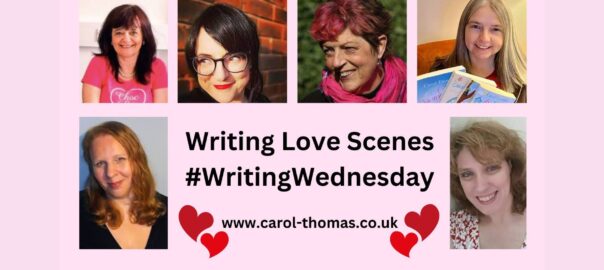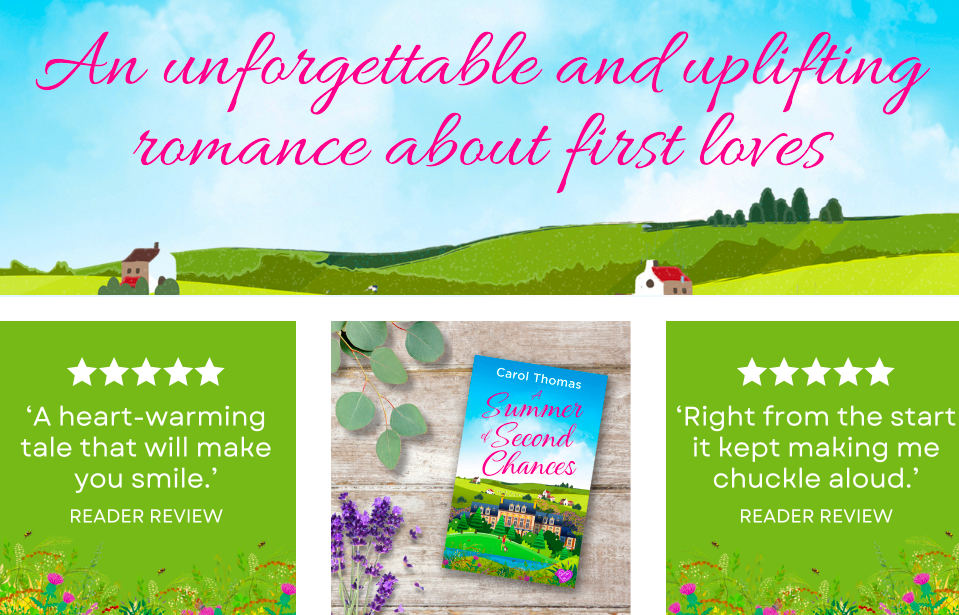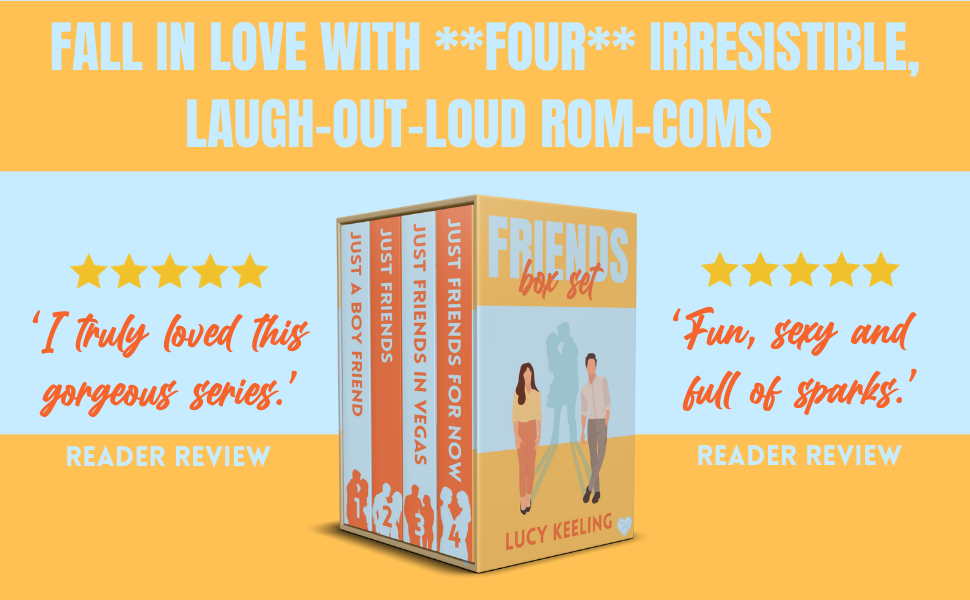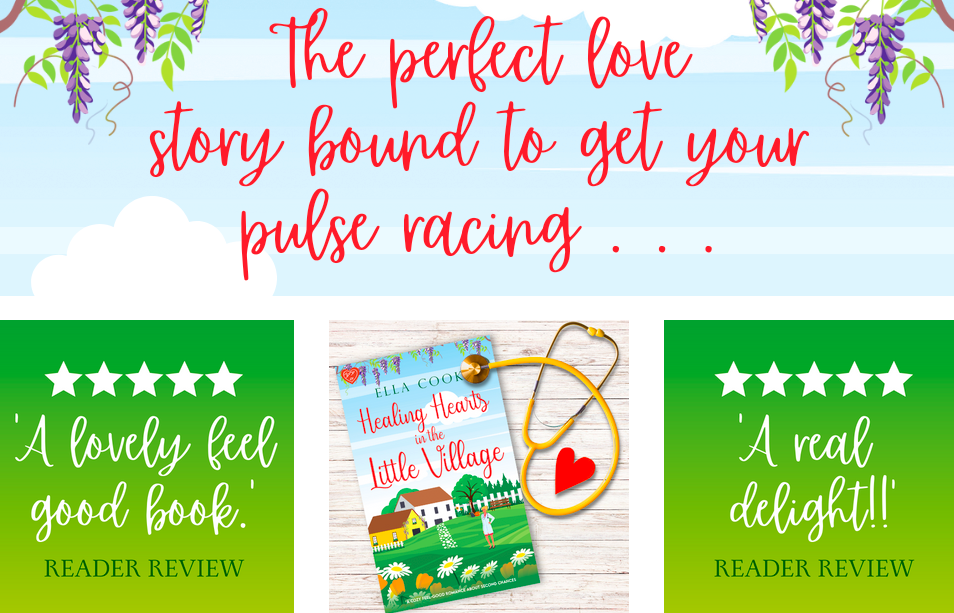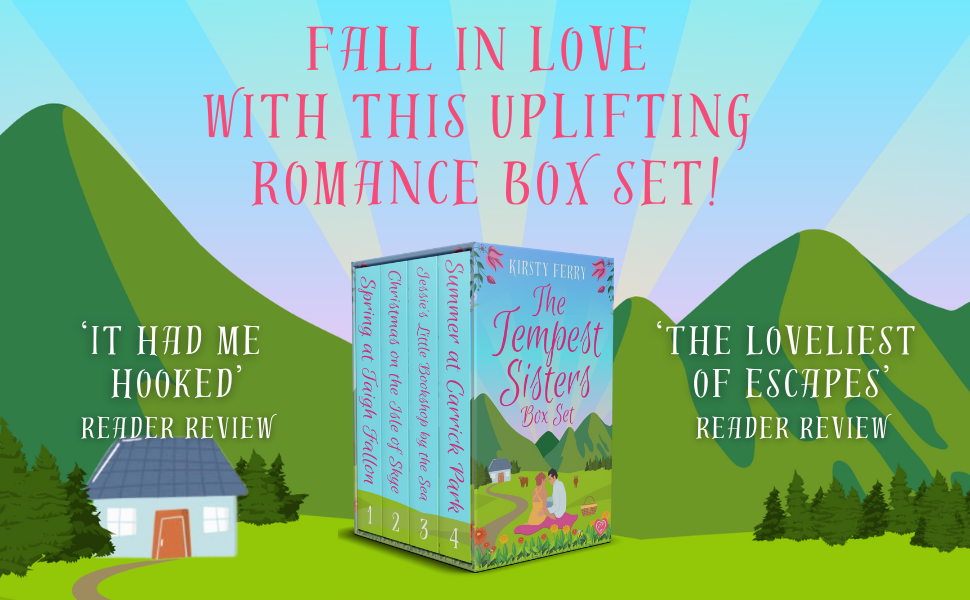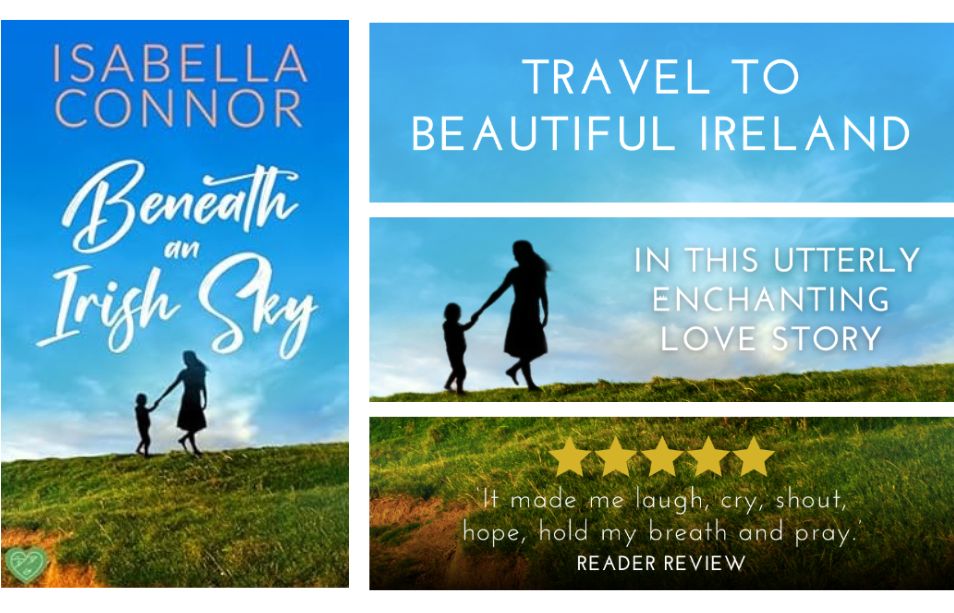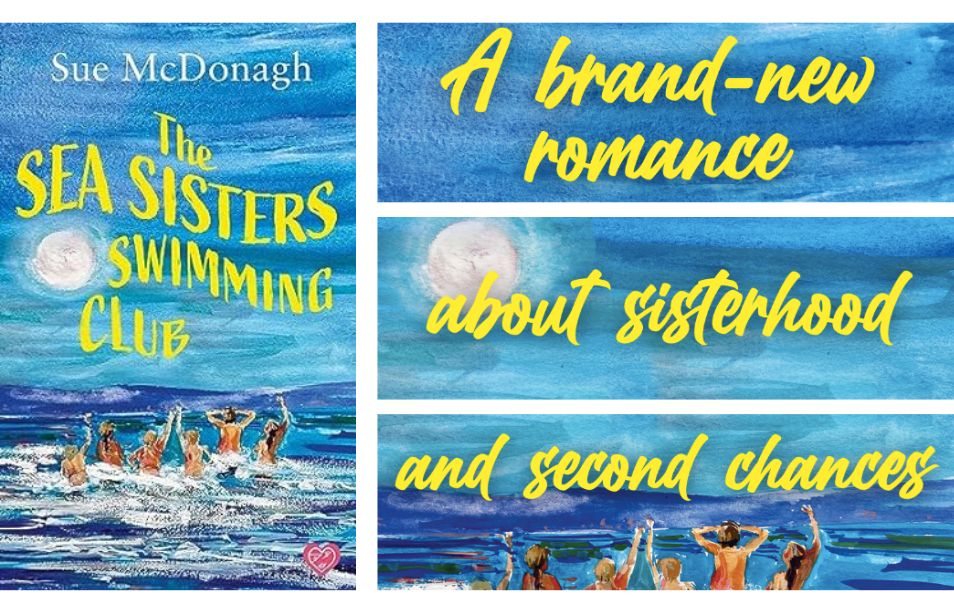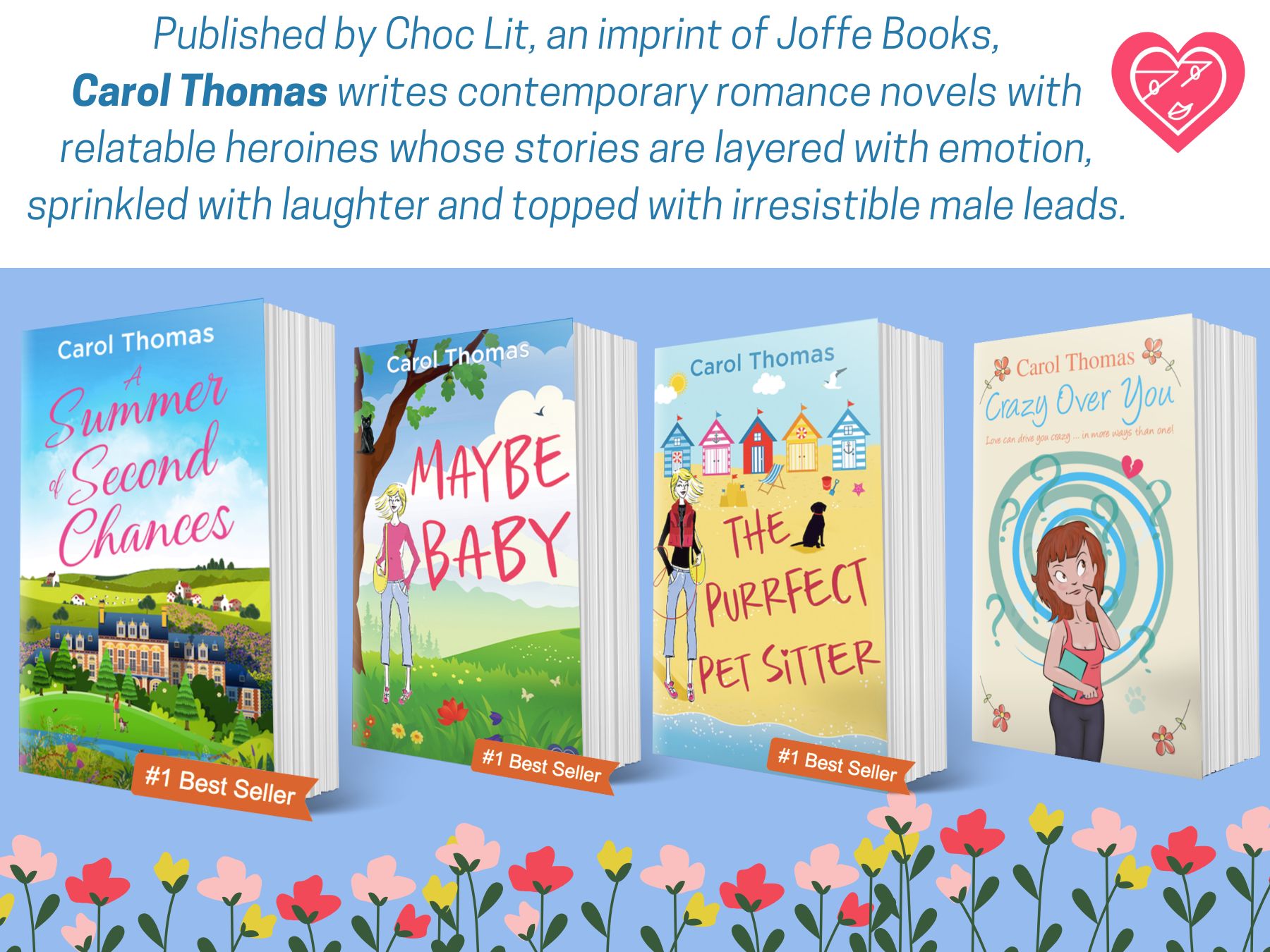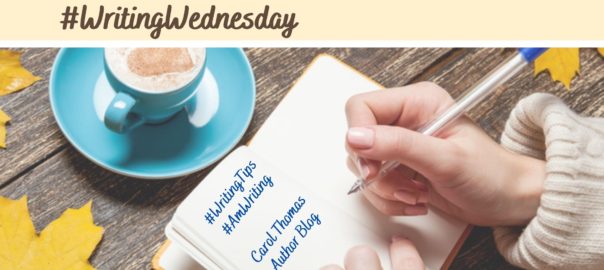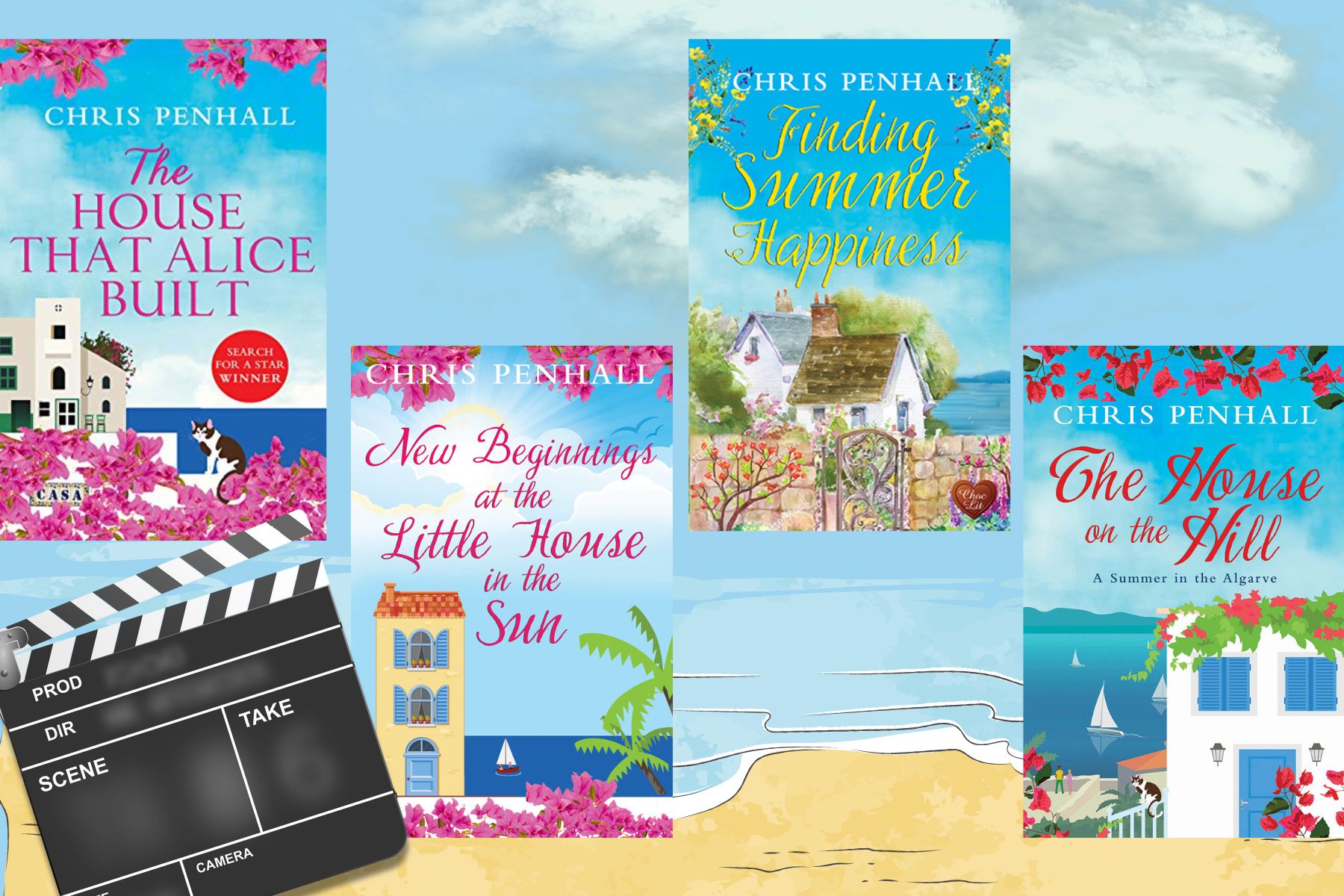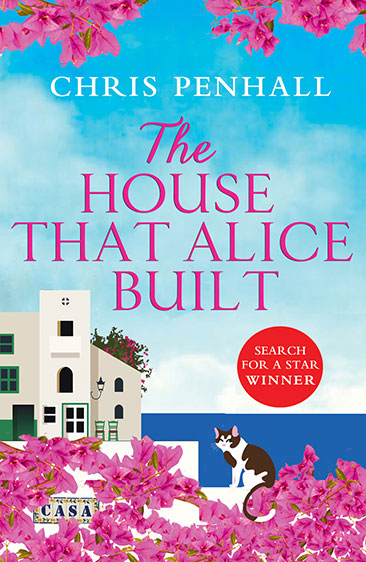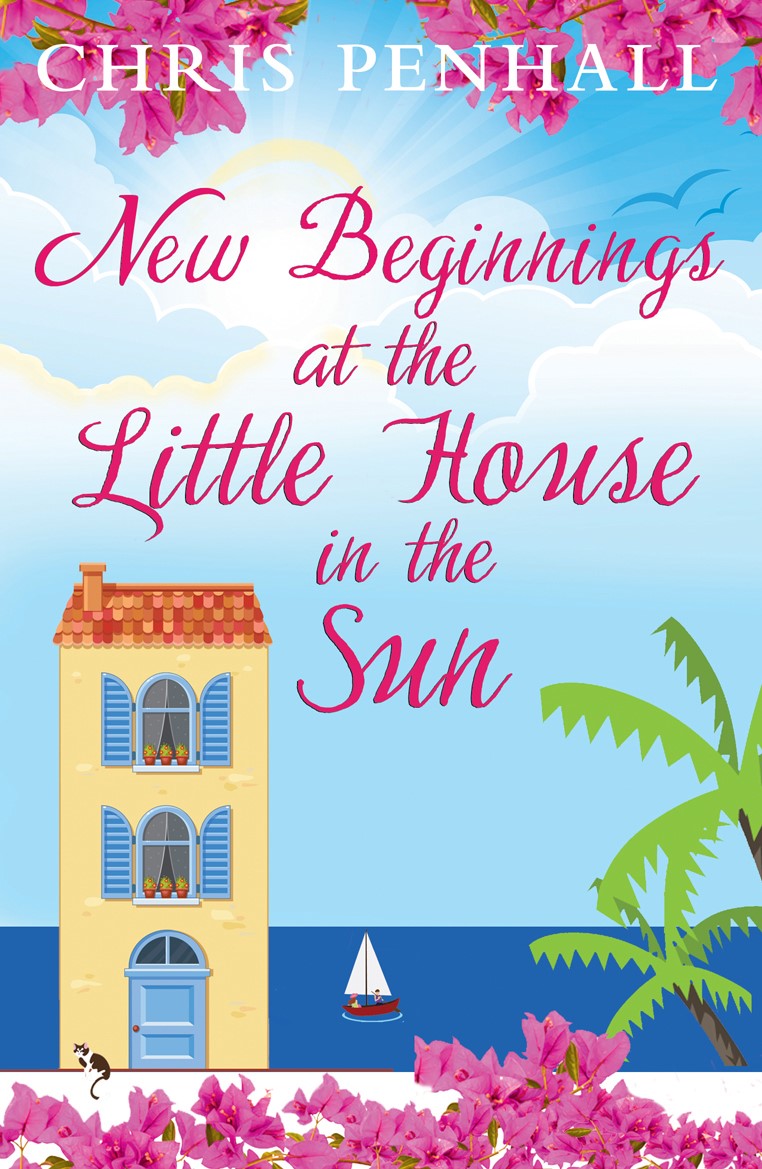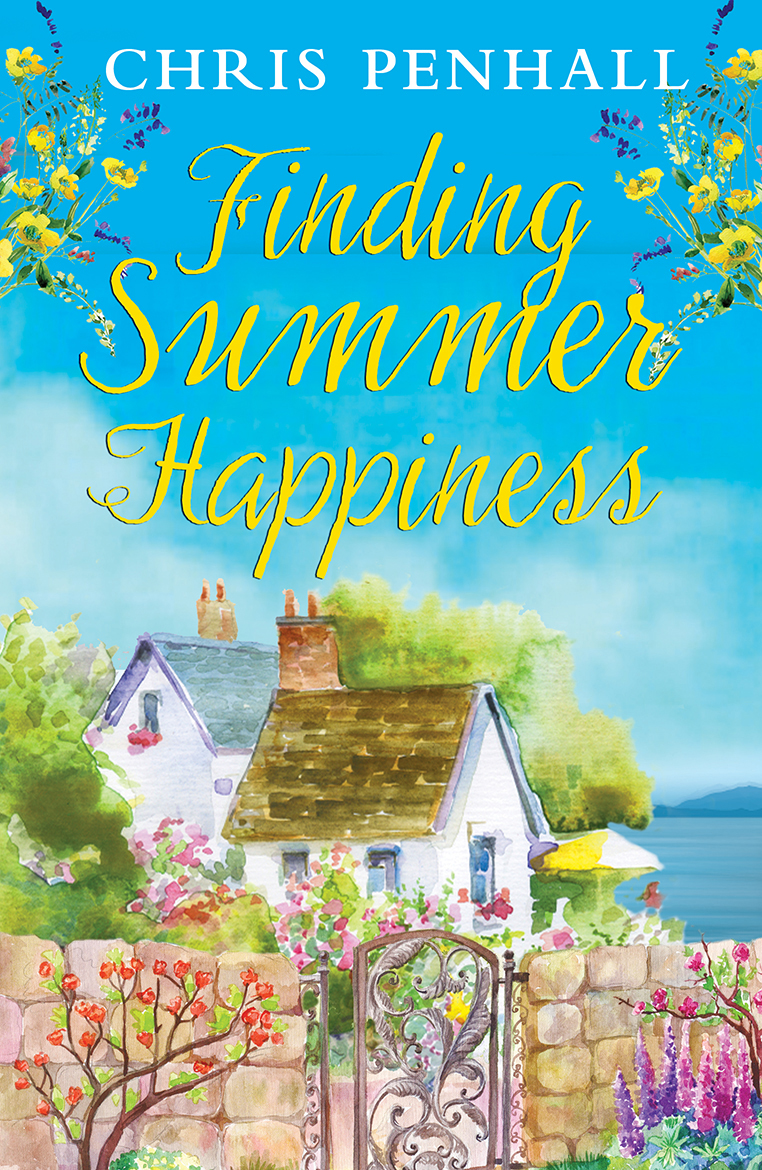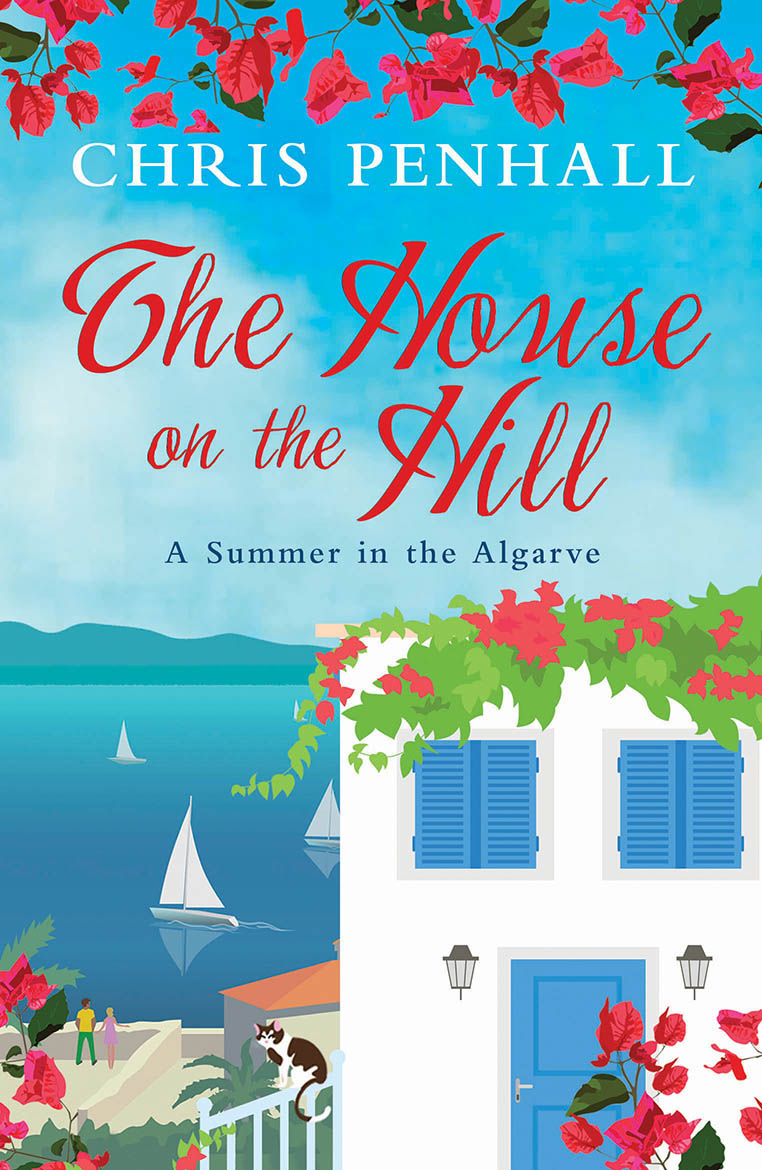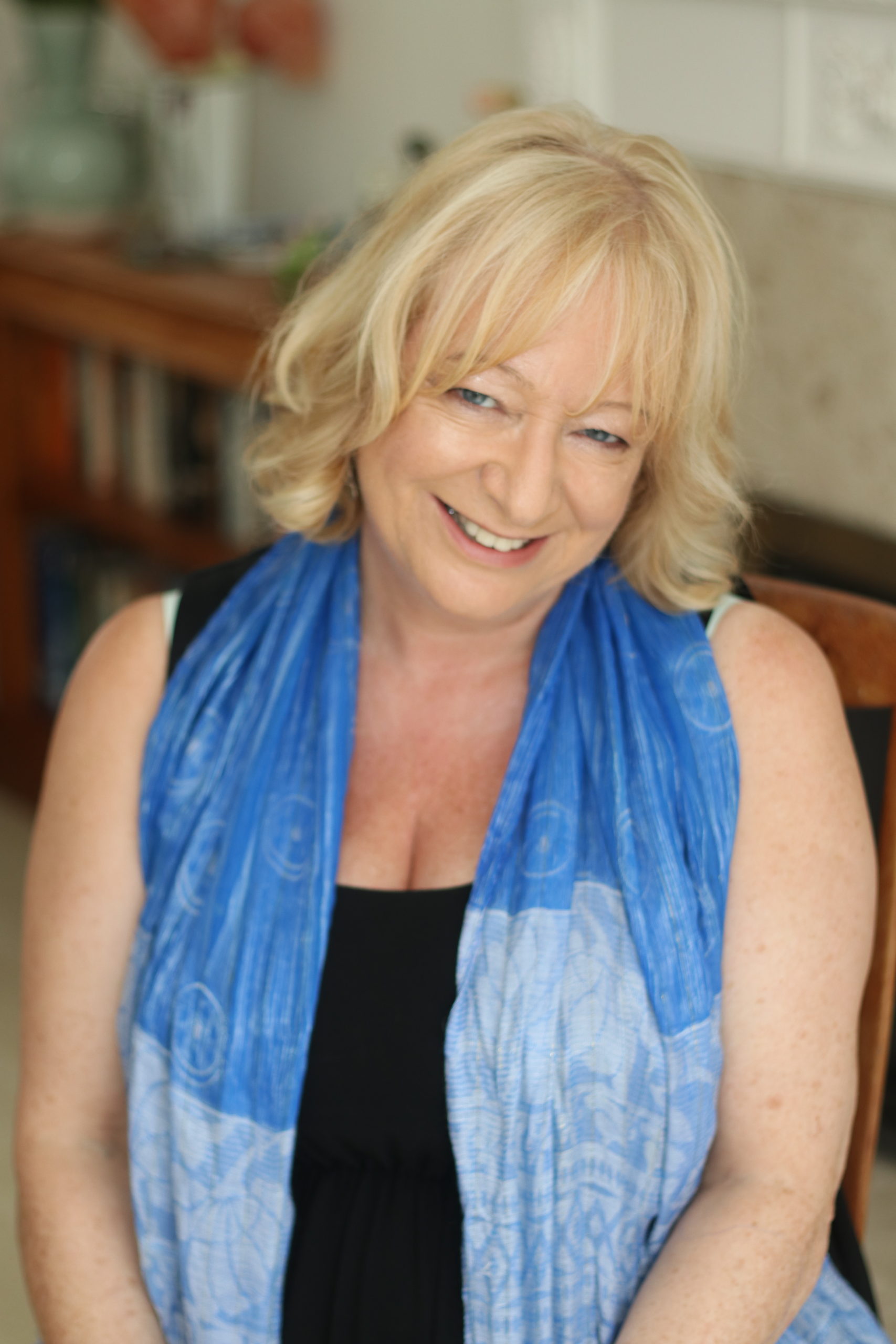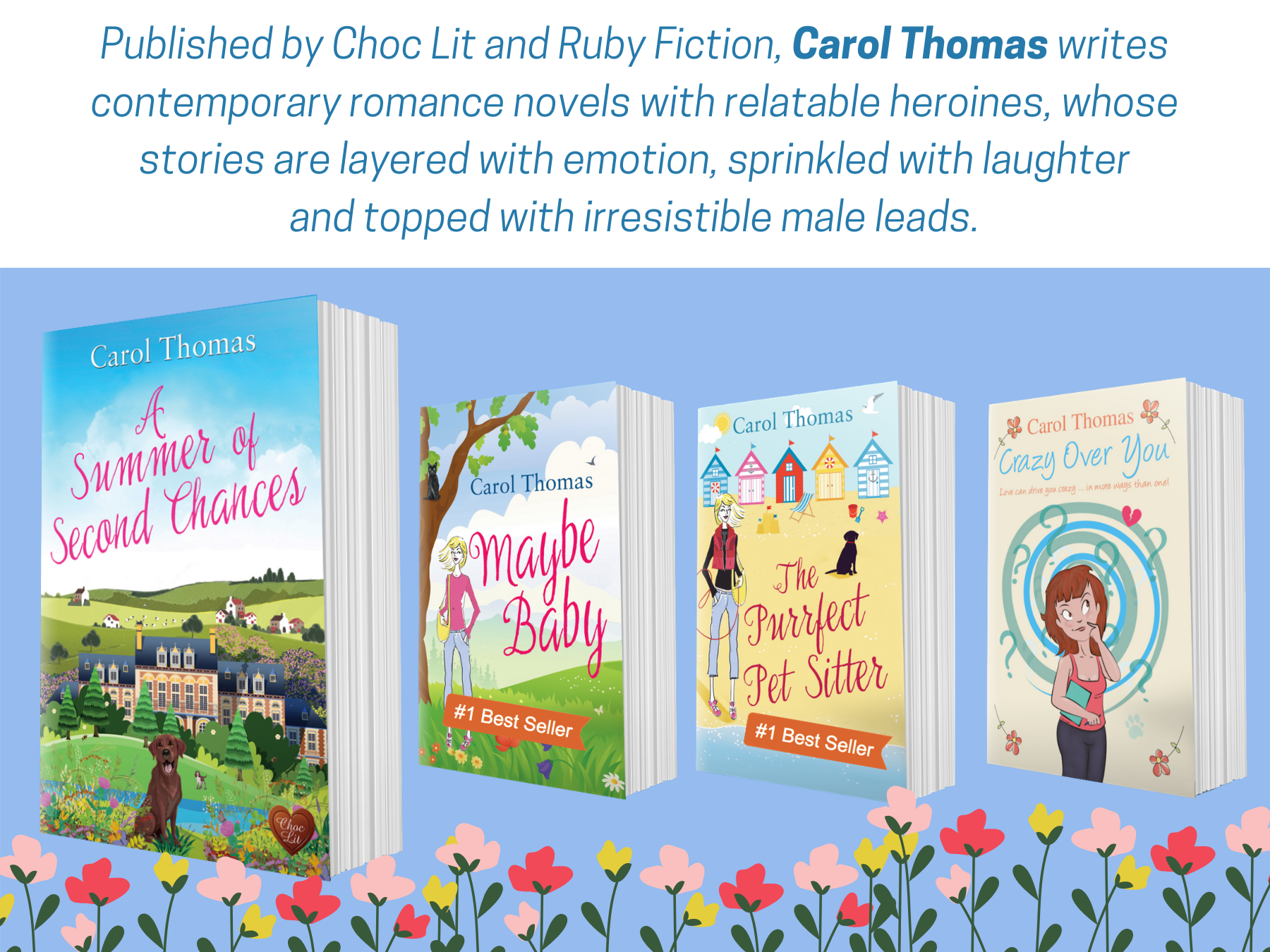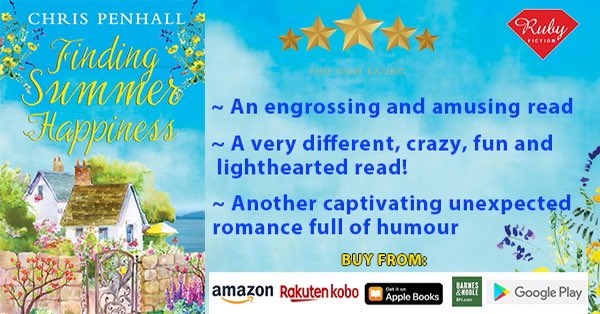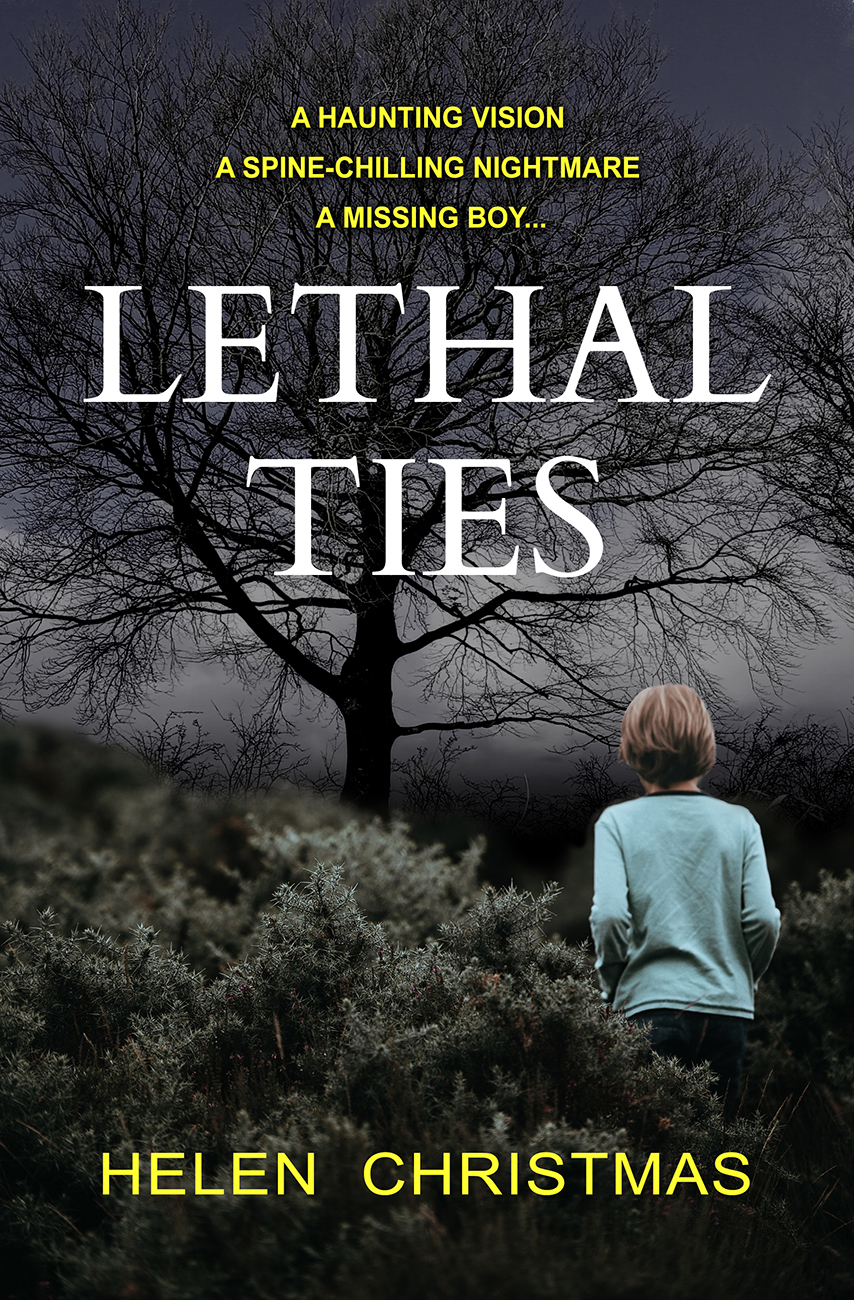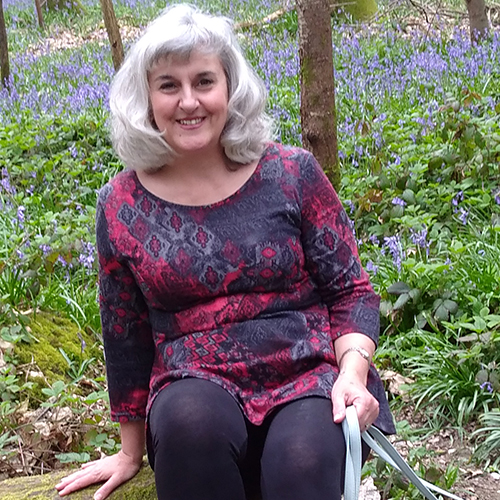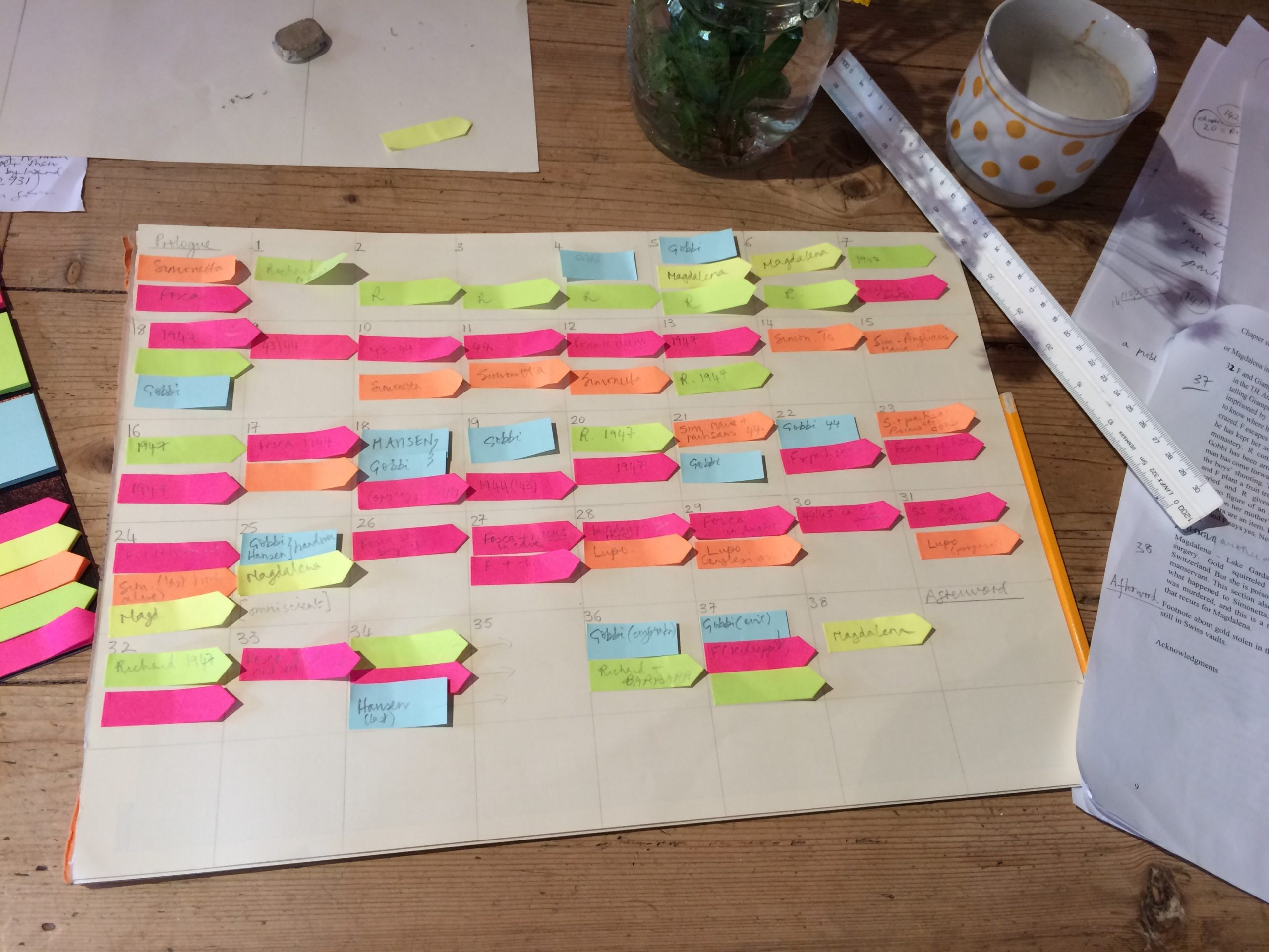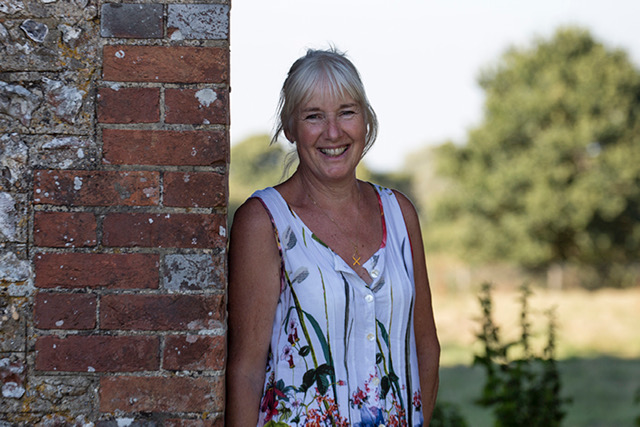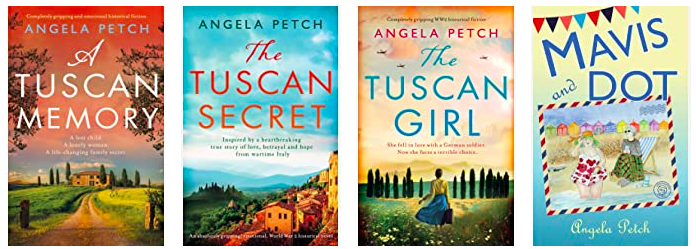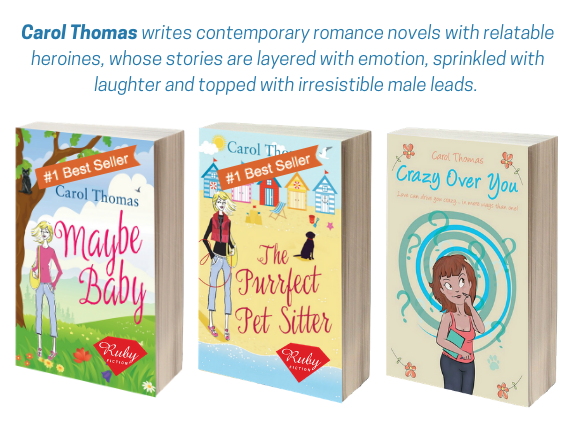As this Writing Wednesday falls on Valentine’s Day, I have joined forces with my fellow Choc Lit (Joffe Books) romance writers to share top tips for writing love scenes …
Carol Thomas (that’s me). I write feel-good contemporary romance and romantic comedy novels that will make you smile.
- Having a strong emotional connection between characters, built in earlier chapters, adds to the moment.
- Building physical tension through anticipation, subtle gestures, longing glances, and dialogue hints adds to the satisfaction of the love scene when it happens.
- Physical intimacy needs to be consensual and driven by shared enthusiasm.
- The love scene itself should involve a balance of passion, emotion, and sensuality, some of which will be played out before the audience, while some won’t.
- I like leaving readers space for their imagination to take over; the things that fulfil the desires of my characters might be a turn-off to the reader, and I wouldn’t want to jolt them out of the moment.
- Love scenes should never appear for the sake of being there, they should enhance character development and add to the story.
Discover more about me and my novels here.
Lucy Keeling is the author of fun, sexy stories with all of the happily ever afters.
- If you’re writing your first ever steamy scene and it reads a bit like flat pack assembly instructions (insert part A into part B ), go back and remember to use all the senses.
- This is an opportunity to show off a deeper understanding of your characters.
- Oh, and keep an eye on the logistics.
Discover more about Lucy Keeling and her work here.
Ella Cook writes emotional, heartwarming romance that will lift your spirits:
- I’m going to be controversial and say that, much as the best moments of intimacy in life aren’t planned, neither were the ones that got the best feedback from readers for me. I guess what I’m saying is let the characters go with the flow. If they’re the type of people – or at least one of them is – minded to privacy, then don’t feel like you have to fling the door open and show the ins and outs of their love life.
- But equally, if your lead character is the type who thinks nothing of keeping her (admittedly rather more subtly shaped than most) vibrator in her bathroom, then she’s probably not going to shy away from talking about sex, either. So, if you want to write about it – write in line with our characters: get into their head spaces and let the reader see what they’re thinking, how they’re reacting and feeling.
- Oh, and avoid biological terms – it’s a romance novel, not a biology textbook!
Discover more about Ella Cook and her work here.
Kirsty Ferry is the writer of spellbinding timeslips, unforgettable romantic comedies and uplifting contemporary romance novels.
- I always leave the reader at the bedroom door. I’d never try to write a scene like that!
- It’s nice to do an ‘almost kiss’ scene and have them get interrupted by a phone or something. I was told they’d kissed too early in my first book, so I usually try to hold off a bit for them.
Discover more about Kirsty Ferry and her work here.
Liv Thomas is one half of the writing duo who writes the utterly enchanting love stories set in Ireland by Isabella Connor.
- It depends on the context and the relationship between the couple. If it’s a solid relationship, I tend to make it emotional as much, or more, than physical and let the reader feel a slow tempo.
Discover more about the work of Isabella Connor here.
Sue McDonagh writes uplifting, unputdownable romance novels:
- Hilariously, the sex in my first novels had to be toned down as they were a bit too explicit. The pivotal sex scene in my last book was so toned down (less is more) that my poor editor wasn’t entirely sure whether they’d actually had sex or not, and I had to re-write it several times. I’ve learned that balance is the key.
Discover more about Sue McDonagh and her work here.
